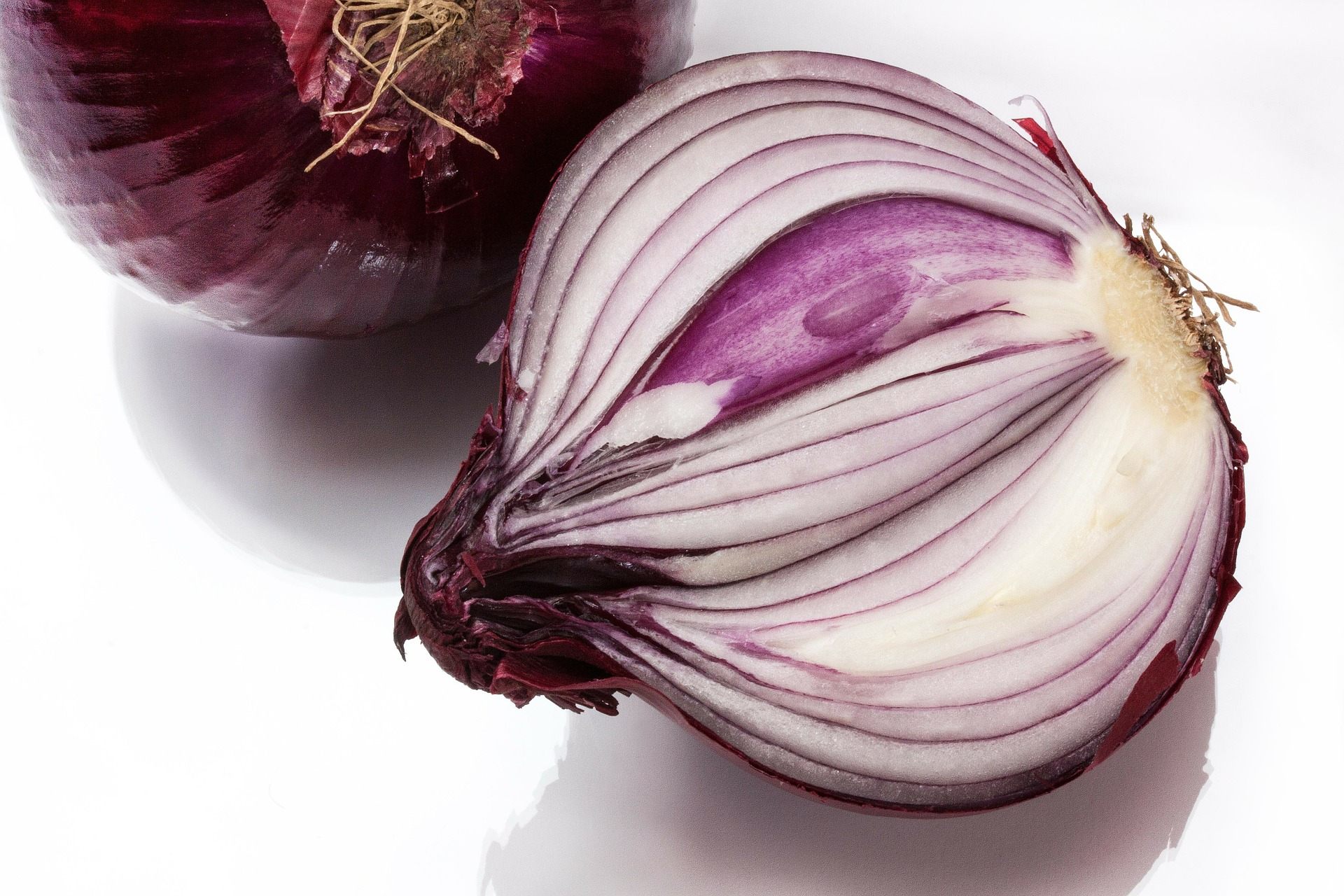Scientists Now Know Exactly Why Onions Make You Cry
They’ve unlocked the chemical secrets of an irritating molecule.

There are a lot of approaches to cutting an onion without crying—freezing it, cutting it underwater, or even wearing goggles. When an onion is sliced open, it releases a pesky molecule known as a lachrymatory factor. When it hits your eyes, it’s all over. Your lachrymal glands start churning out tears. Scientists long ago identified the chemical makeup of the lachrymatory factor—a rare type of sulfur oxide—and the enzyme that helps create it. But they weren’t quite sure how that process works, until now.
A research team led by scientists from Case Western Reserve University in Cleveland, Ohio, focused their attention on lachrymatory factor synthase, the enzyme that helps the molecule form. They analyzed the enzyme’s structure and determined just how it interacts with the chemical precursors to the lachrymatory factor in an onion. Then, after comparing the enzyme with similar molecules, the scientists were able to identify the exact steps involved in converting the sulfenic acid in an onion into something that makes people cry. “The remarkable, eye-irritating property of the onion can be understood at its most fundamental, atomic level,” the authors write in their report in the journal ACS Chemical Biology.
Lachrymatory factor synthase was first discovered in 2002, and since then scientists have managed to produce onions that don’t produce the enzyme at all—no more tears. The culinary implications of this discovery remain to be seen, but at least now you’ll know what’s happening on a molecular level next time you make French onion soup.
Gastro Obscura covers the world’s most wondrous food and drink.
Sign up for our regular newsletter.

































Follow us on Twitter to get the latest on the world's hidden wonders.
Like us on Facebook to get the latest on the world's hidden wonders.
Follow us on Twitter Like us on Facebook